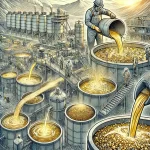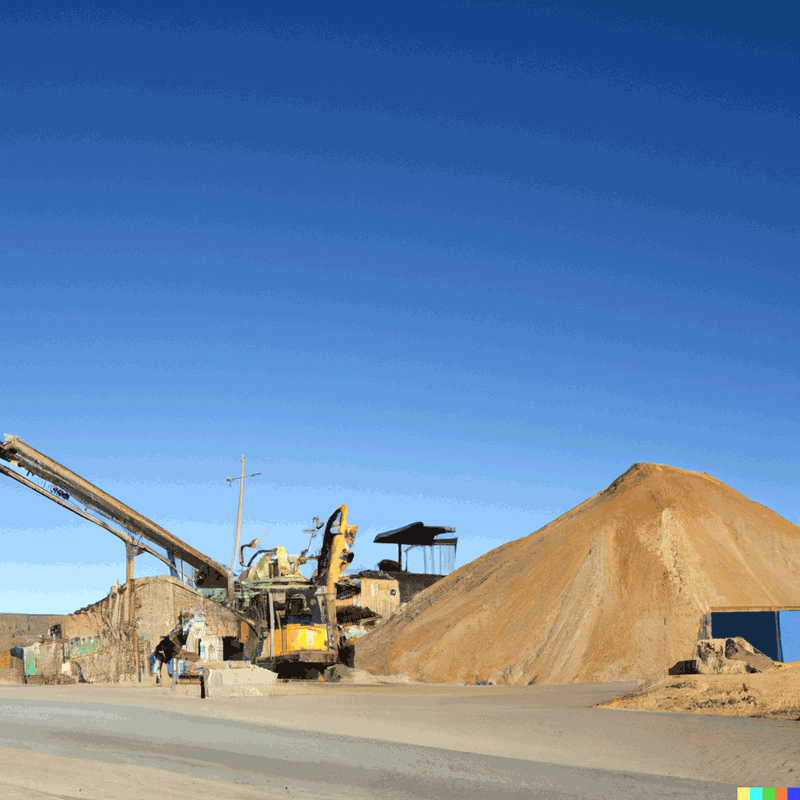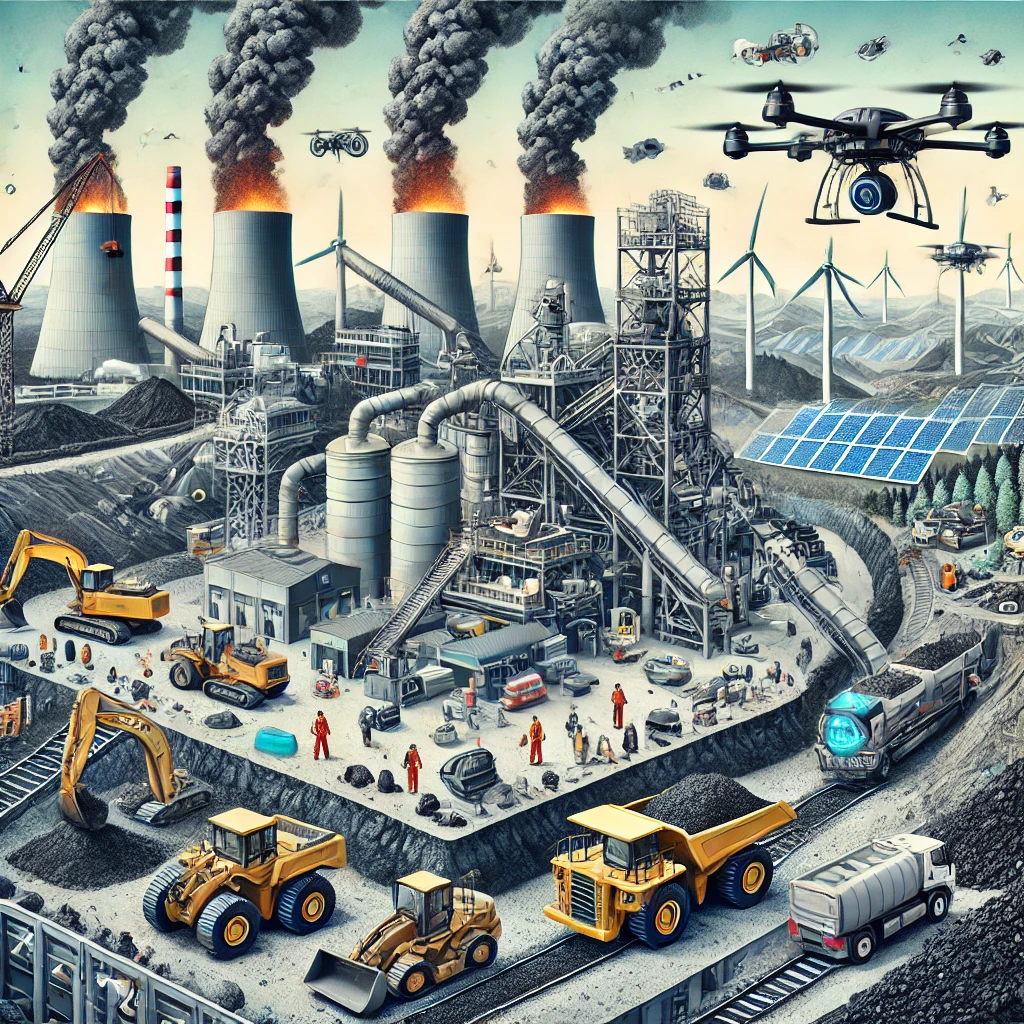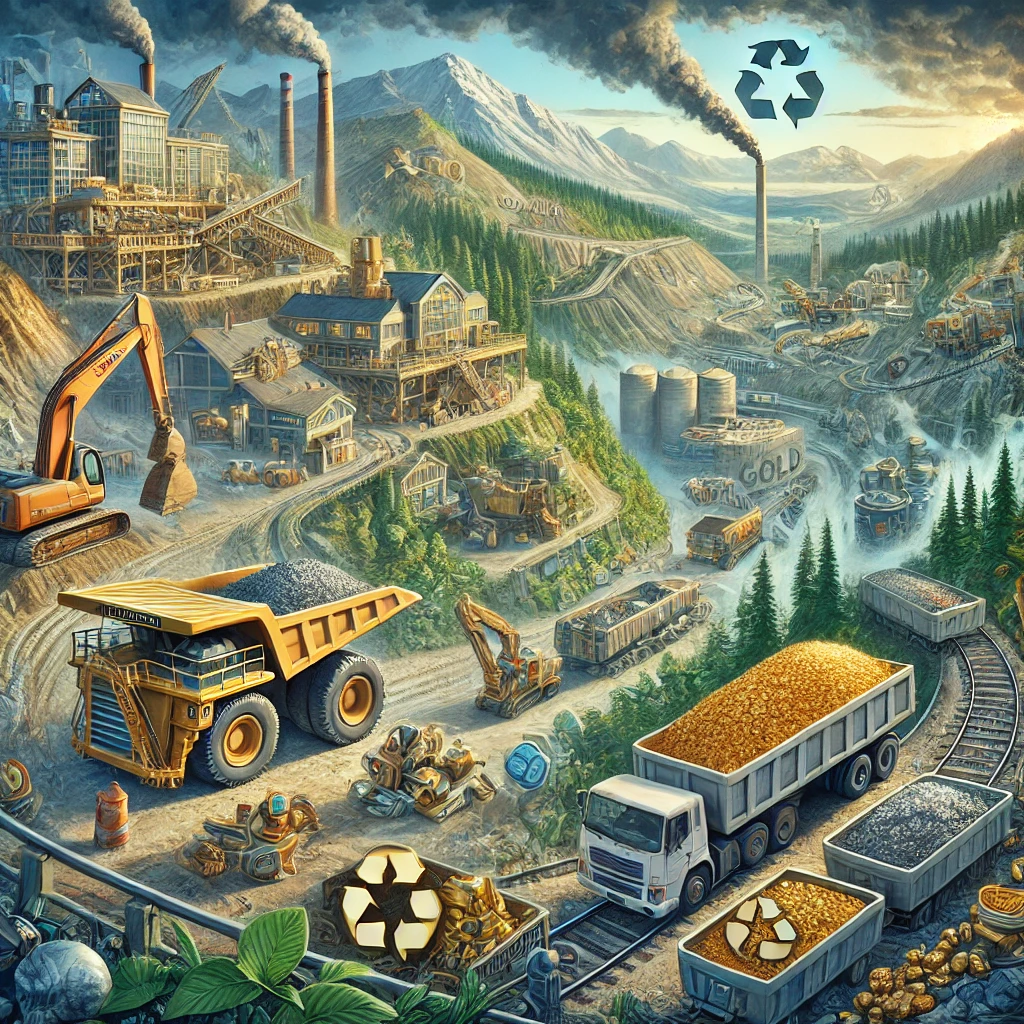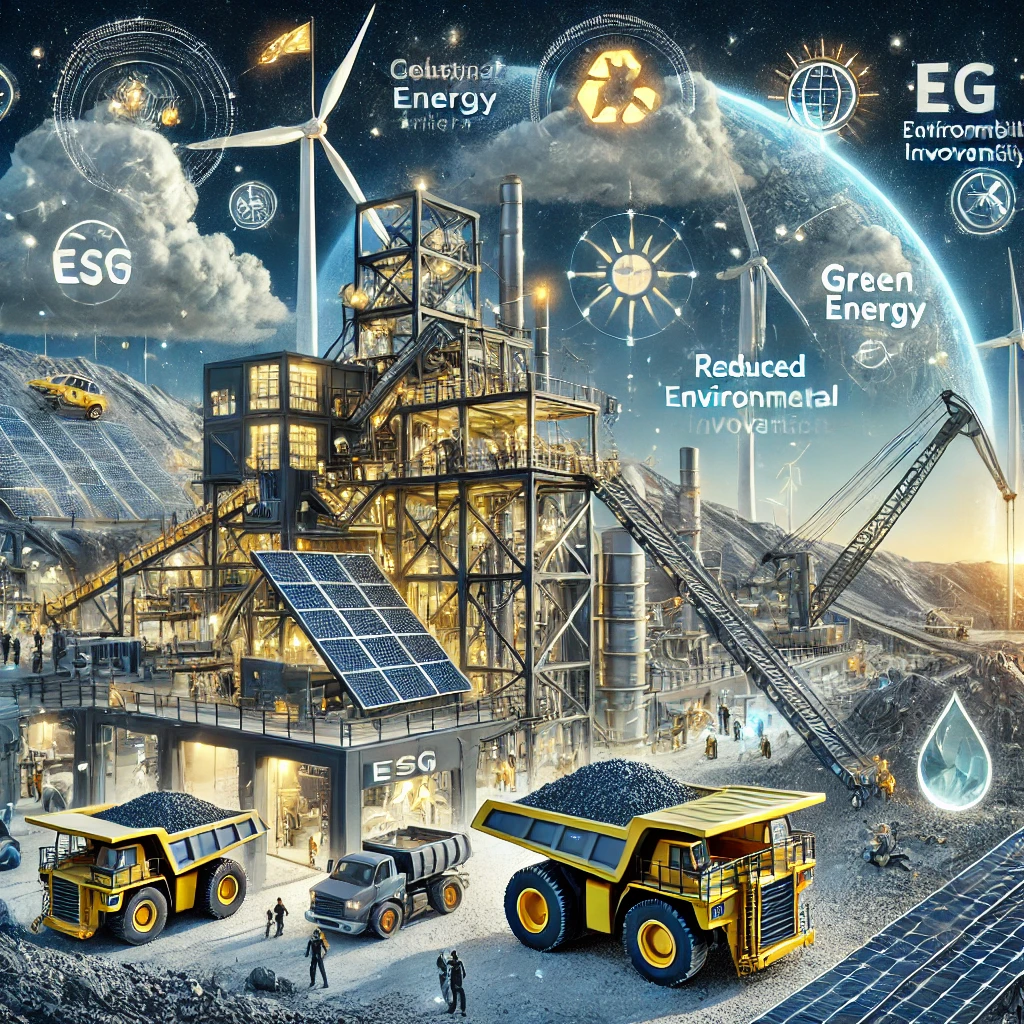In recent times, the copper mining industry has found itself on a rollercoaster ride, with the price of this essential metal experiencing a significant decline. Often referred to as “OPEC on crack,” copper mining’s resemblance to the petroleum cartel’s influence over oil prices is striking, but the reasons behind the recent price fall are more intricate and multifaceted.
Copper, known as “Dr. Copper” due to its reputation as an economic barometer, plays a pivotal role in various industries, including electronics, construction, and transportation. Its high thermal and electrical conductivity, corrosion resistance, and malleability have made it a cornerstone of modern civilization. However, in recent months, the global copper market has been witnessing a downward spiral in prices, leaving many perplexed.
One crucial factor contributing to the price decline is the intricate dance between supply and demand. Copper, a finite resource, is predominantly mined in a few select countries, such as Chile, Peru, and China. Any disruption in production from these key players can send shockwaves throughout the market. In this scenario, the ongoing labor strikes and operational challenges in major copper-producing regions, like Chile, have intermittently constrained supply, driving up prices. However, as these supply constraints ease and production stabilizes, the market is finding itself with an oversupply, leading to the current price drop.
Furthermore, global economic dynamics have a profound impact on copper’s price. The COVID-19 pandemic catalyzed unprecedented economic turbulence, with industries grinding to a halt and demand plummeting. As economies started to recover, the demand for copper surged, creating a rapid price escalation. However, economic uncertainties persist, and concerns over potential slowdowns in major economies have resurfaced. As a result, investors are becoming more cautious, leading to a decrease in speculative buying and thus impacting copper’s price negatively.
Trade tensions and geopolitical factors have also played a significant role in copper’s recent struggles. The ongoing trade disputes between major economies like the United States and China have led to erratic demand patterns, as these nations are among the largest consumers of copper. Tariffs, export restrictions, and geopolitical tensions can disrupt established supply chains, causing fluctuations in demand that ripple through the copper market. The market’s sensitivity to these factors amplifies the already complex nature of copper price forecasting.
Additionally, technological advancements and shifts in energy infrastructure are shaping copper’s future demand landscape. The growing emphasis on renewable energy sources and electric vehicles has led to an increased need for copper in various applications, including wiring, batteries, and charging infrastructure. However, innovation in copper recycling and potential alternative materials could impact its demand trajectory. This uncertainty surrounding future technological developments further contributes to the volatility in copper prices.
In conclusion, while the term “OPEC on crack” amusingly underscores the volatility of the copper market, the recent price decline is a culmination of intricate factors at play. Supply disruptions, economic uncertainties, trade tensions, and technological shifts collectively contribute to the fluctuations in copper prices. As industries continue to evolve and the world grapples with global challenges, the copper mining industry will need to adapt to this new normal of price volatility. Investors, policymakers, and industry stakeholders will have to navigate these complex dynamics with vigilance to ensure the stability and sustainability of this critical metal’s market.
